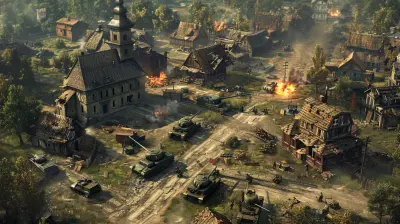How Fast Travel Affects the Immersion in Open World Adventures
26 April 2025
Ah, the thrill of open-world games. There’s something magical about untamed virtual landscapes sprawled before you, begging to be explored. Rolling hills, dense forests, bustling towns, ancient ruins—it’s an endless playground for those of us who live for adventure. But then, lurking in the pause menu, is the infamous "Fast Travel" button. It’s there, tempting you like a shortcut to skip the heavy lifting of exploration.
Now, don’t get me wrong: fast travel is incredibly convenient. We’ve all used it to save time. But here’s the million-dollar question—does fast travel wound the immersive soul of open-world adventures? Grab a comfy seat, my friend. Let’s unravel this controversial topic. 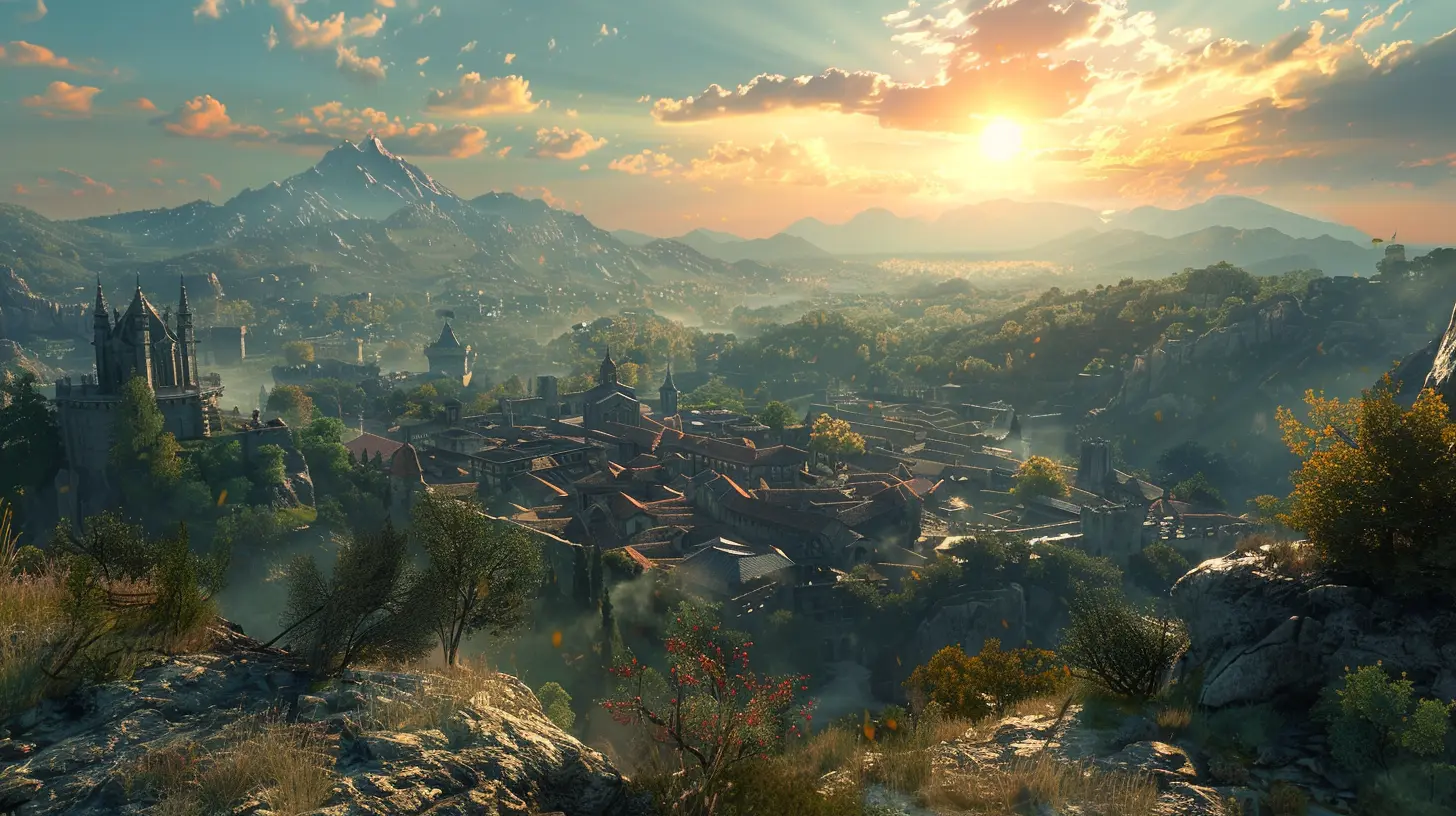
The Beauty of Immersion: Why We Love Open Worlds
Let’s be honest—there’s a reason we sink countless hours into open-world games. Immersion. That word alone feels like a warm hug. These games are masters at creating realities so vivid, you sometimes forget they’re not real.You ride your horse along a misty trail in The Witcher 3. You scale the jagged cliffs of Breath of the Wild, wind tugging at your virtual hair. Or maybe you’re trudging across the snowy wastelands of Skyrim, feeling every crunch beneath your boots. The best open worlds pull you in and make you feel like you belong there.
But fast travel? That’s like calling an Uber to zip from one magical destination to another. Snap your fingers, and you’re there. It’s efficient, sure. But does it erode the enchantment? 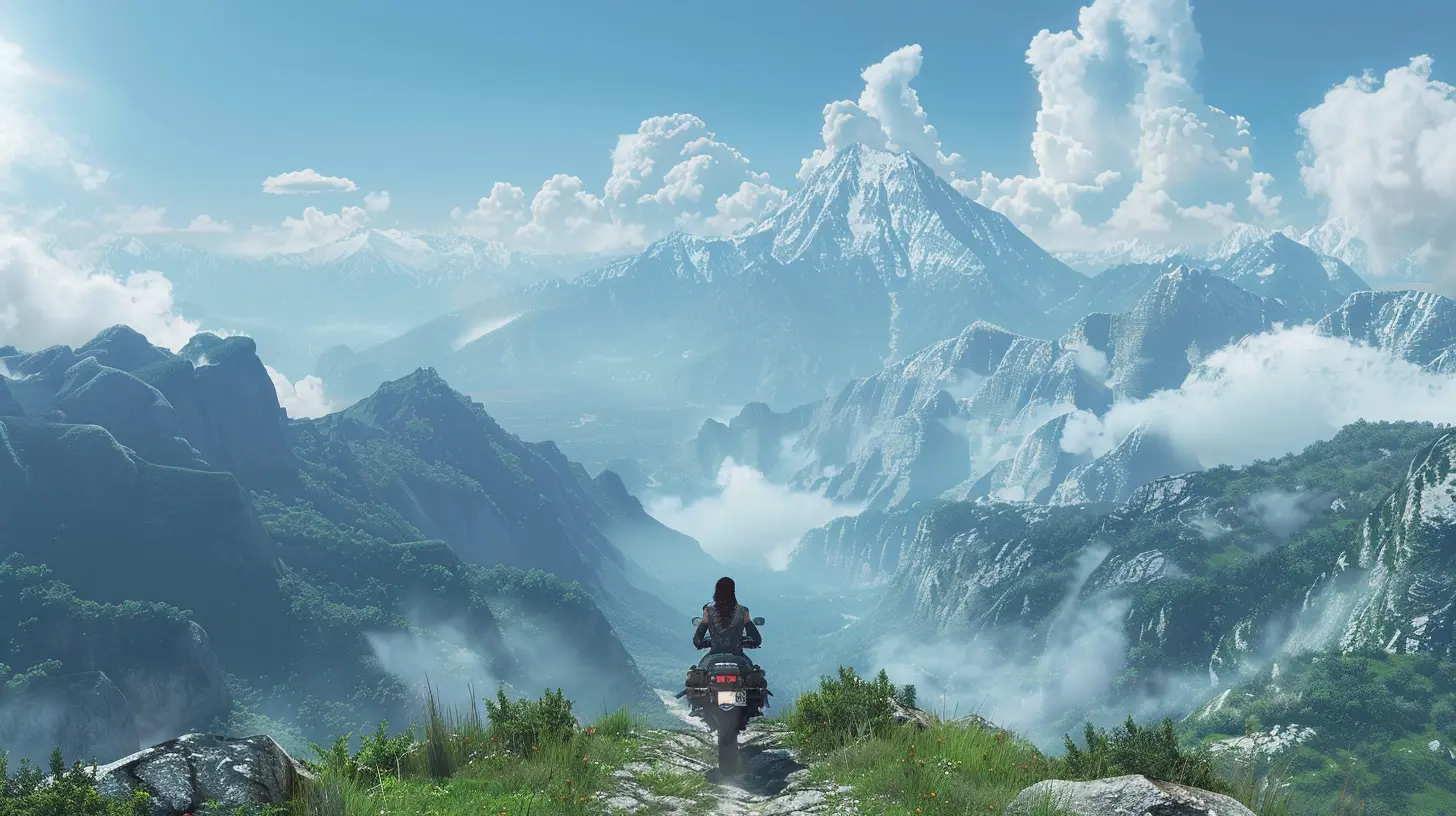
The Case For Fast Travel
Okay, let’s give credit where it’s due. Life is busy. We don’t all have time to ride a horse for 45 minutes to get to the next village. Fast travel is a godsend for cutting out unnecessary backtracking.Think about it: you’ve already explored that dark forest five times. Do you really want to slog through it again? Having the option to teleport makes gameplay smoother and less frustrating—it respects your time.
And let’s be real, not everyone has the patience of a saint. Sometimes you want to get to that juicy main quest ASAP without getting sidetracked by a pack of wolves or a thousand collectible trinkets. In these moments, fast travel feels less like a shortcut and more like a lifeline. 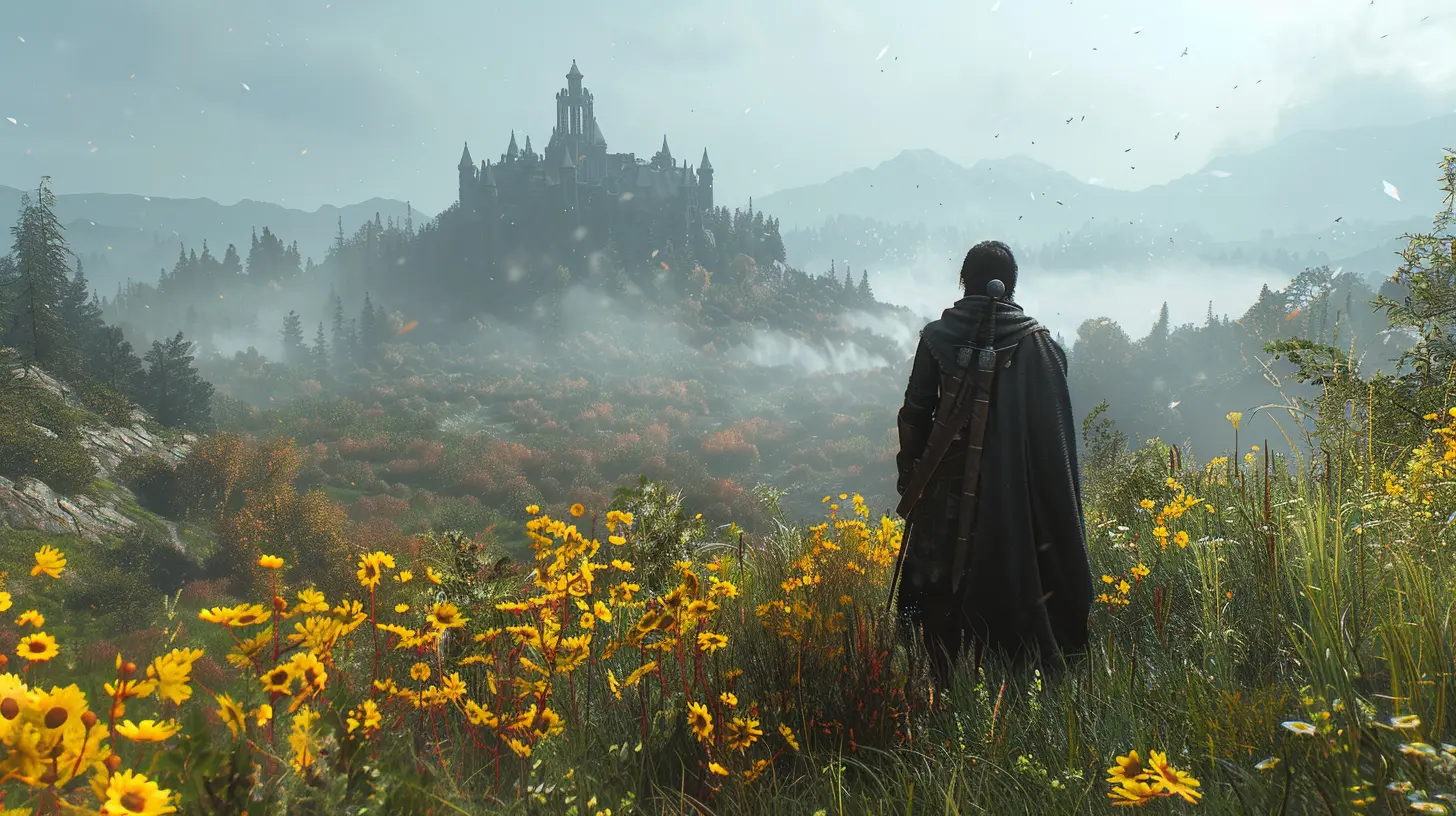
The Case Against Fast Travel
But here’s the thing—convenience comes at a cost. And that cost? Immersion. Fast travel is the ultimate immersion breaker.Imagine this: you’re playing Red Dead Redemption 2 and galloping across a sprawling desert. The sun sets, painting the sky in breathtaking strokes of orange and crimson. Along the way, you stumble upon a stranger in need or an abandoned shack that hides a sinister story. These moments anchor you to the game world—they make the journey just as meaningful as the destination.
Now, if you fast travel? Poof. You skip that sunset. You miss that stranger. That abandoned shack? Never even knew it existed. Suddenly, the world doesn’t feel as alive.
Fast travel can reduce a beautifully crafted landscape into a series of disconnected locations on a map. You miss the nitty-gritty details—the way the world breathes, evolves, and interacts with you. And isn’t that the whole point of an open-world game? 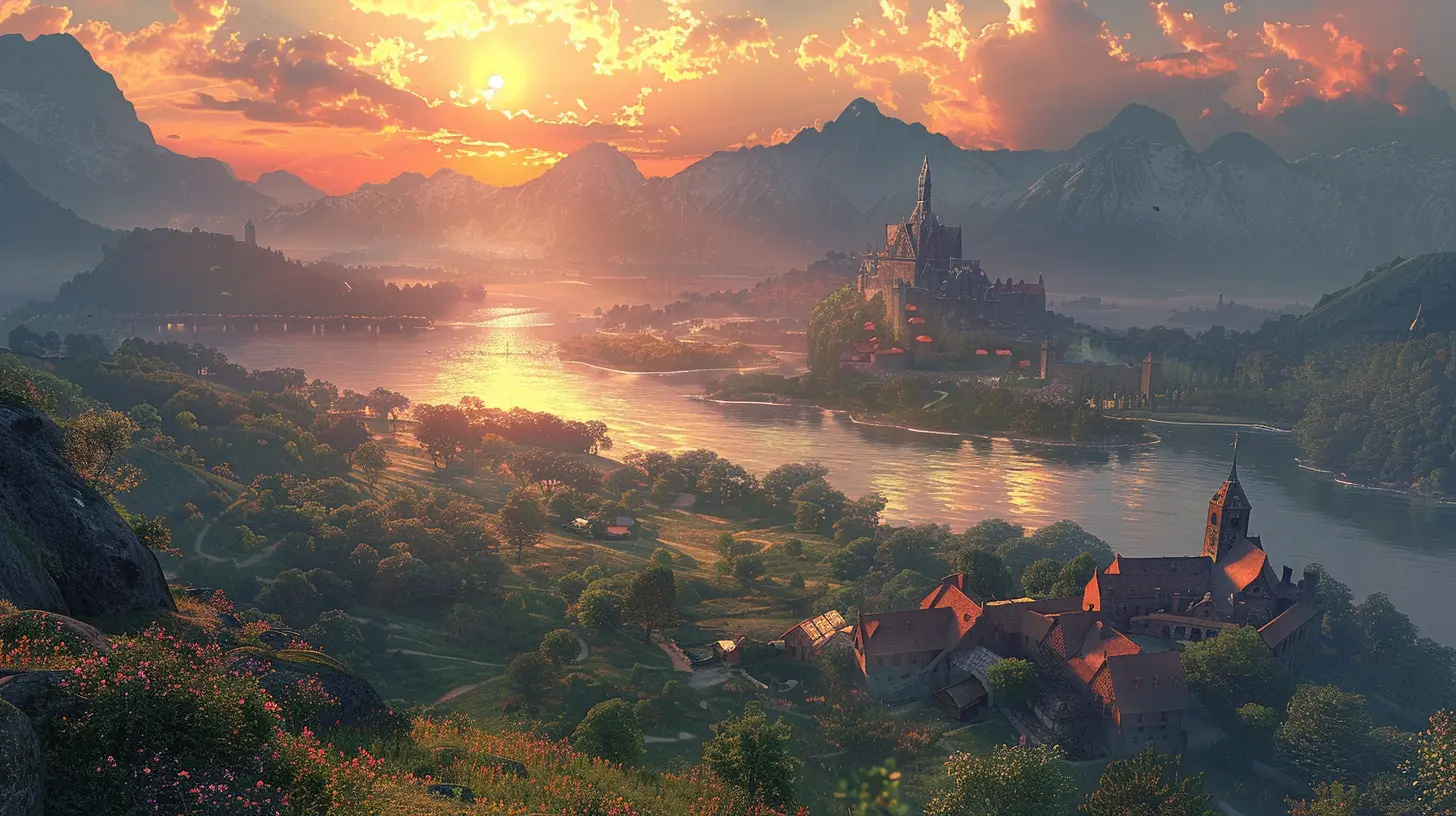
Does Fast Travel Encourage Laziness?
Here’s a spicy thought: does fast travel make us, as players, a little... lazy? In an age where we’re so used to instant gratification, fast travel might just be another cog in that machine.Open worlds are designed for exploration, for discovery. They’re meant to be savored, not rushed. But with fast travel, we strip away that sense of adventure. Instead of rolling up our sleeves and getting lost in the wilderness, we’re pressing a button and skipping to the good part.
It’s like picking up a book, reading the first chapter, then skipping straight to the last one. Sure, you get to the "important stuff," but you miss the messy, beautiful middle that brings the story to life.
The Balancing Act: When Fast Travel Works
So, is fast travel inherently bad? Not necessarily. It all comes down to how it’s implemented. Some games strike a balance between convenience and immersion, and it’s a little slice of genius.Take The Legend of Zelda: Breath of the Wild. In this masterpiece, you can fast travel—but only to specific locations, like shrines or towers. The rest? You’ve got to hoof it. This system encourages you to explore while still giving you a lifeline for long distances.
Or look at Red Dead Redemption 2. You can fast travel, but only if you’ve unlocked certain upgrades or paid a price. It makes fast travel feel less like a cheat and more like a calculated decision.
By limiting or contextualizing fast travel, developers can preserve immersion while respecting the player’s time. It’s a delicate dance, but when done right, it’s a win-win.
Is the Journey Really More Important Than the Destination?
This brings us to a question as old as time (or at least as old as gaming): Is the journey more important than the destination? Open-world games say yes. They’re built on the idea that every step you take matters, every path you choose shapes your story.Fast travel, for better or worse, flips the script. It turns the journey into a quick cutscene—a means to an end rather than an experience in itself.
But maybe that’s okay. Maybe fast travel doesn’t have to kill immersion if we use it sparingly. Like a pinch of salt in a recipe, it shouldn’t overwhelm the dish—it should complement it. The key is to strike your own balance, deciding for yourself when the journey is worth taking and when the destination is calling.
Final Thoughts: Fast Travel—Friend or Foe?
So, does fast travel ruin open-world immersion? The answer isn’t cut-and-dry. It’s a double-edged sword, offering convenience at the cost of connection. Used sparingly and thoughtfully, fast travel can be a helpful tool. But overused, it risks reducing vibrant worlds into hollow backdrops.At the end of the day, it’s your adventure. Whether you gallop on horseback through every inch of the map or teleport between quests like a time traveler, the choice is ultimately yours. Just remember—sometimes, the most memorable moments aren’t at your destination. They’re in the quiet, unexpected encounters along the way.
all images in this post were generated using AI tools
Category:
Open World GamesAuthor:

Jack McKinstry
Discussion
rate this article
4 comments
Brooks Marks
Fast travel can enhance convenience but often diminishes the sense of discovery and immersion. Striking a balance between accessibility and experiential depth is key to creating truly engaging open-world adventures.
May 9, 2025 at 2:23 PM

Jack McKinstry
I completely agree! Fast travel can streamline gameplay, but it’s essential to find ways to maintain exploration and immersion for a richer experience. Balancing convenience with a sense of discovery is crucial for engaging open-world adventures.
Simon Warner
Fast travel blurs the lines of reality—does convenience steal the magic of exploration?
May 4, 2025 at 4:07 AM

Jack McKinstry
Fast travel can diminish the sense of adventure and discovery, as it shortcuts the journey and often removes the richness of exploration, potentially making the world feel less immersive.
Viviana McCarty
Fast travel can undermine immersion, reducing the sense of exploration and discovery.
May 2, 2025 at 2:29 AM

Jack McKinstry
While fast travel can streamline gameplay, it indeed risks diminishing the immersive experience by bypassing exploration opportunities that enrich the game world. Balancing convenience with discovery is key to maintaining immersion.
Jacqueline McCartney
Fast travel: the magical ability to turn a 10-minute journey into a quick loading screen—perfect for when you want to explore the world but your couch is calling!
April 29, 2025 at 3:15 PM

Jack McKinstry
Fast travel simplifies exploration, but it can diminish immersion by prioritizing convenience over the journey itself.



